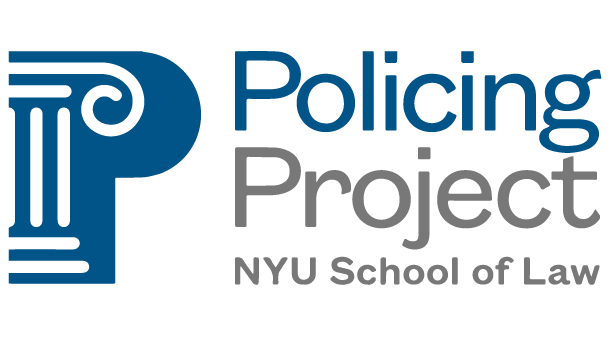In order for policing to be a shared endeavor between communities and police, the public needs access to the police department’s manual—the document that sets policies and actions. Being able to read and compare departmental policies is essential to evaluate how your community is being policed.
We reviewed the manuals of police departments in the largest 200 U.S. cities and found very few present their policies in a way that is truly accessible and transparent.
Notably, we found this lapse was not limited to smaller cities (which often have smaller staff size and smaller budgets for their police departments). Several major U.S. cities, including Houston, Dallas, Miami, Detroit, Memphis, and Jacksonville also do not have their policing manuals posted online.
Key Finding #2: Of the manuals posted online, 79% aren’t fully transparent.
Among the 99 cities that posted their manuals online, only 21 met our standard for full transparency.
What do we mean by full transparency? We evaluated the manuals posted online for six core components we believe are needed to ensure the public can access and understand the manual:
2. The manual is posted in its entirety.
3. It is possible to search across the entire manual.
4. The manual has a clear navigational framework.
5. All policies are dated, especially as to their most recent revision.
6. The manual text is machine-encoded.
We consider the six criteria we identified above to be the minimum every city should achieve when it comes to its police manual. However, key issues remain even with many of the manuals that met all of our six core criteria—from slow loading times to confusing, jargon-laden language.
For cities that aspire to take their manuals beyond the basics, we offer a guide to get you started.









 Which cities have the most transparent manuals?
Which cities have the most transparent manuals?